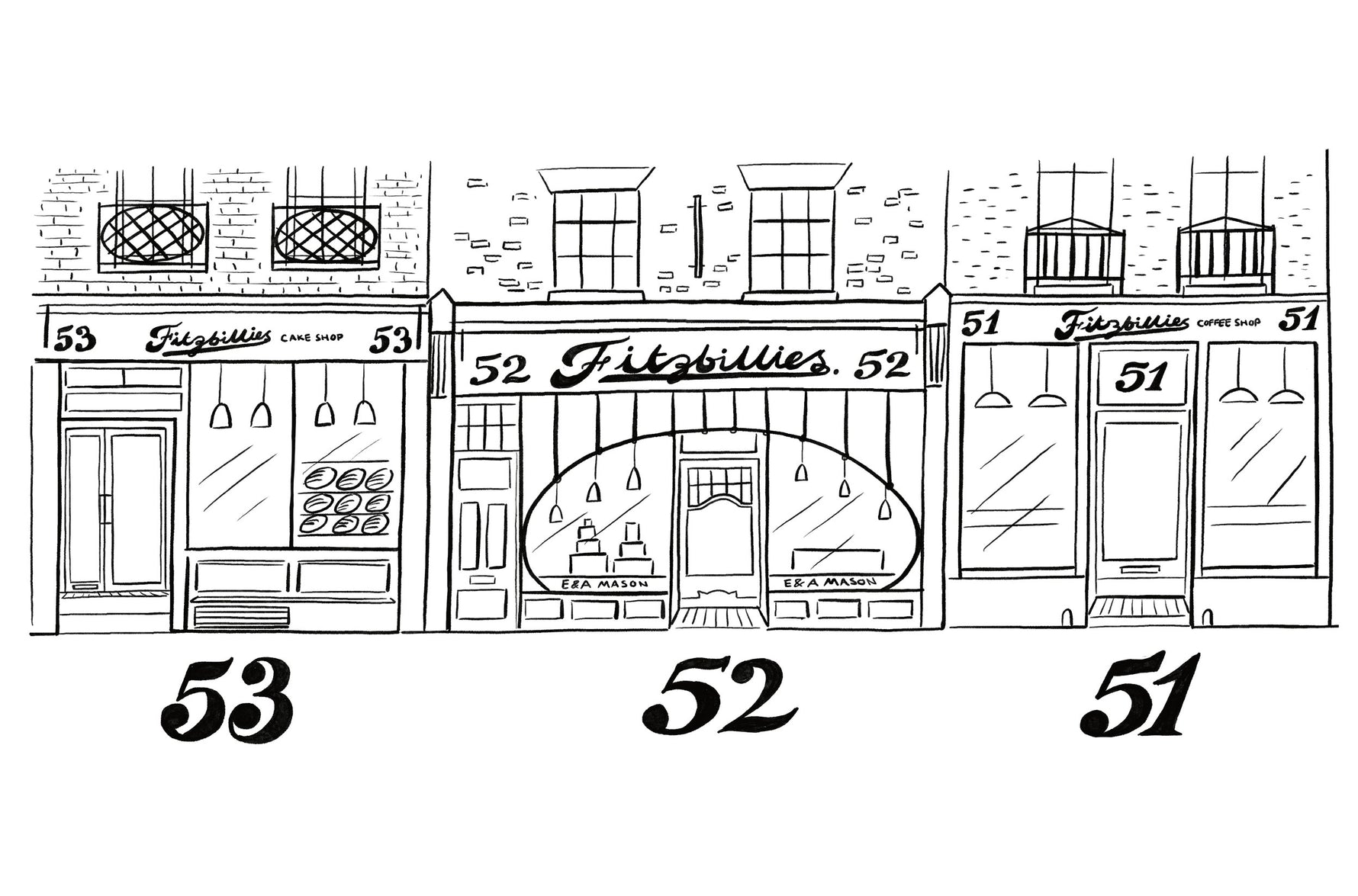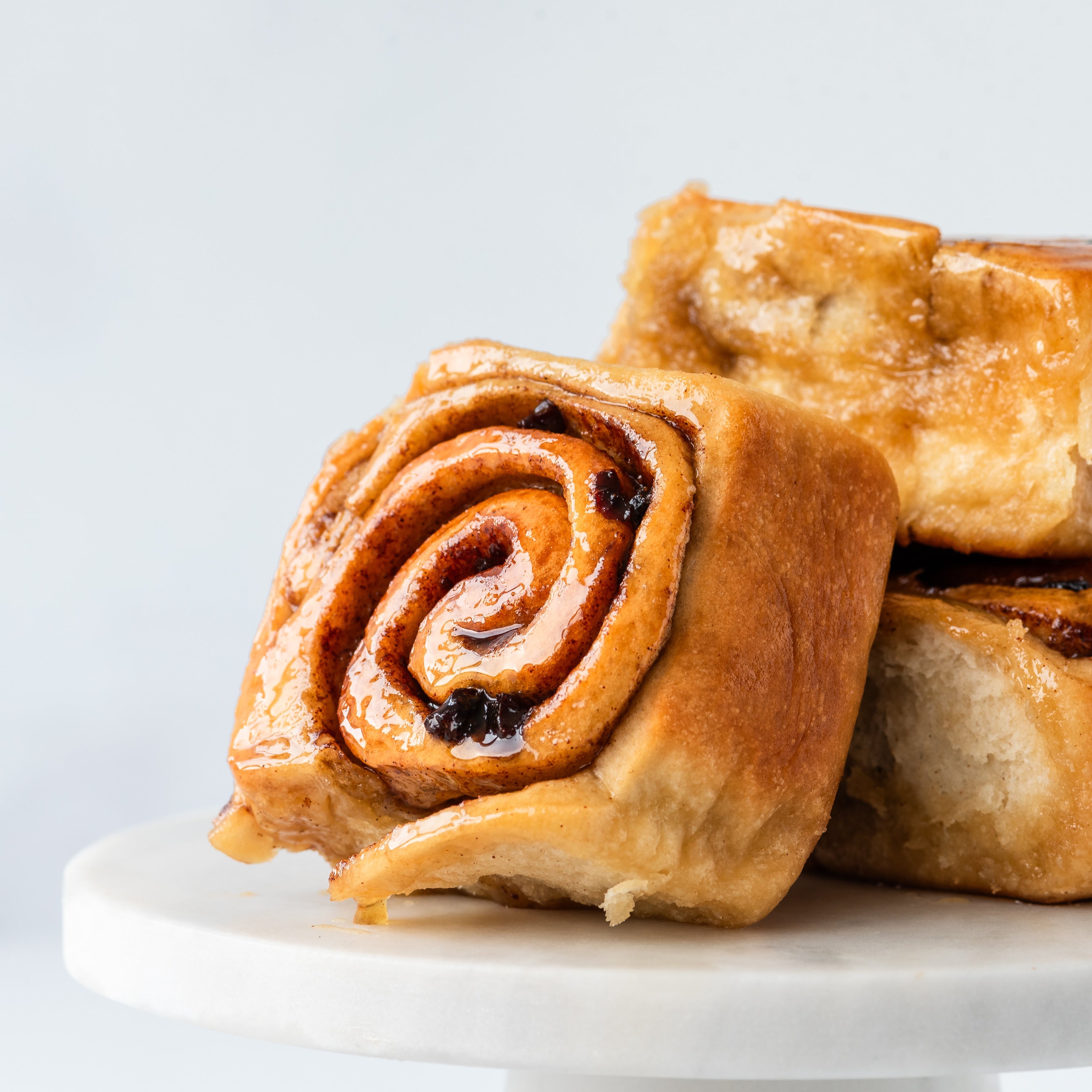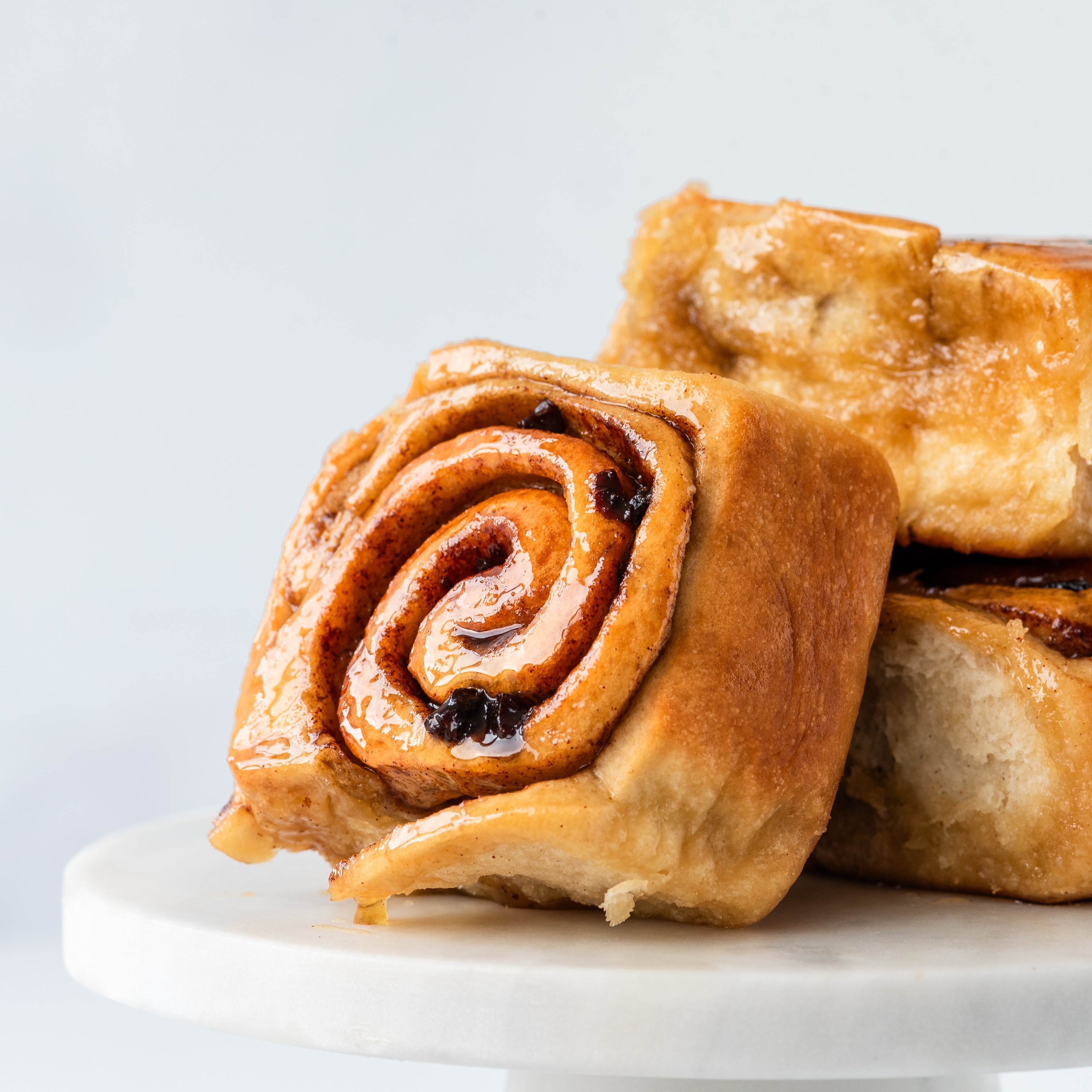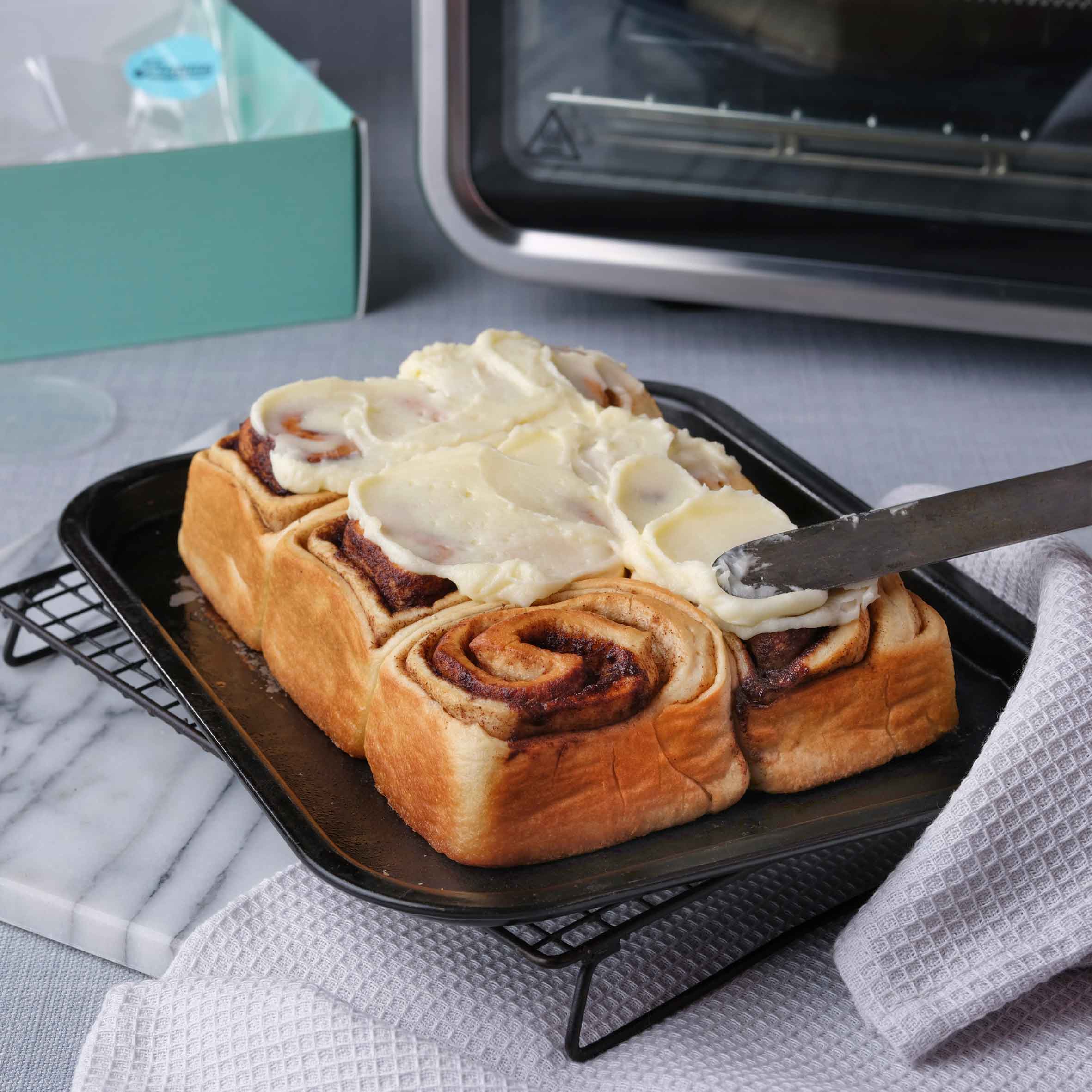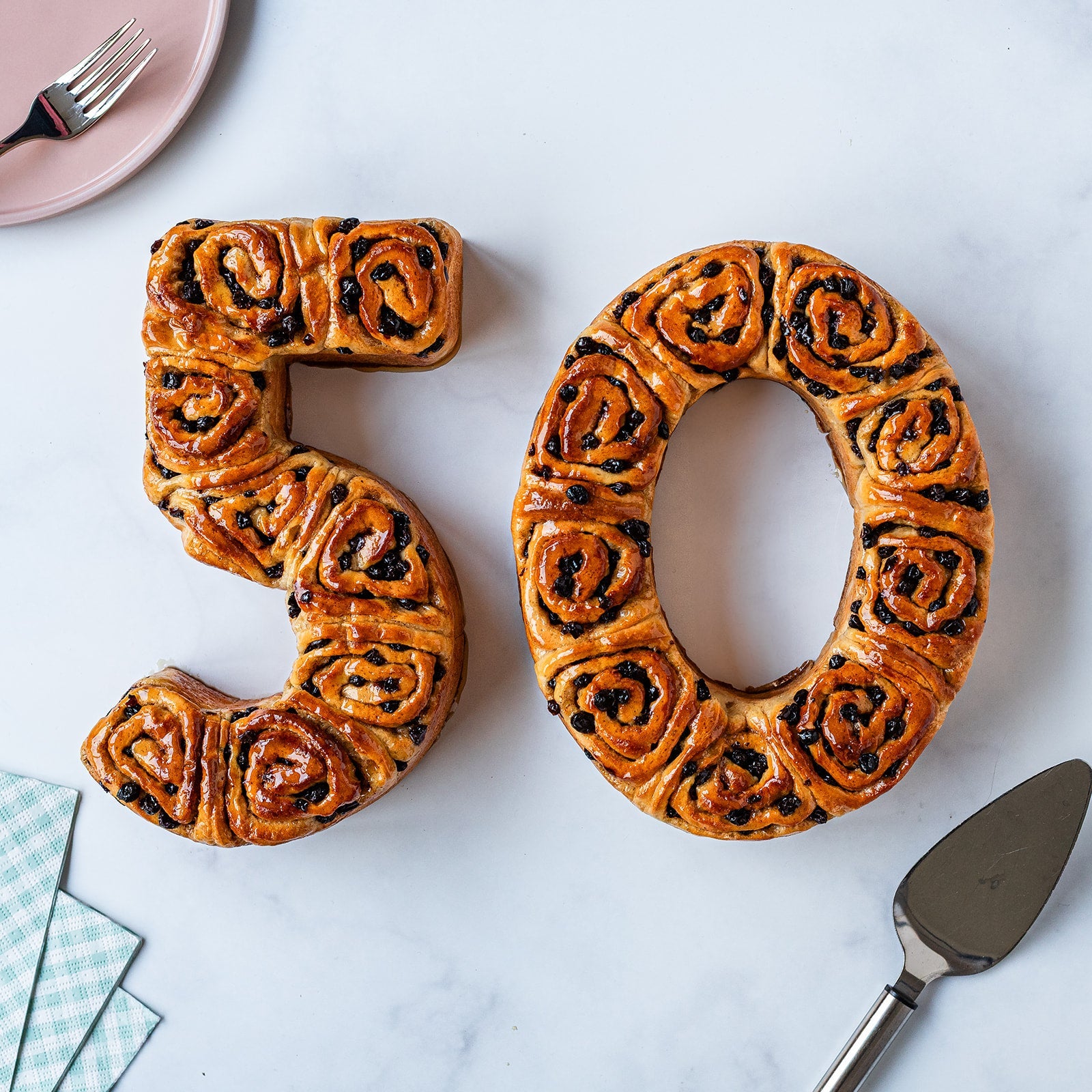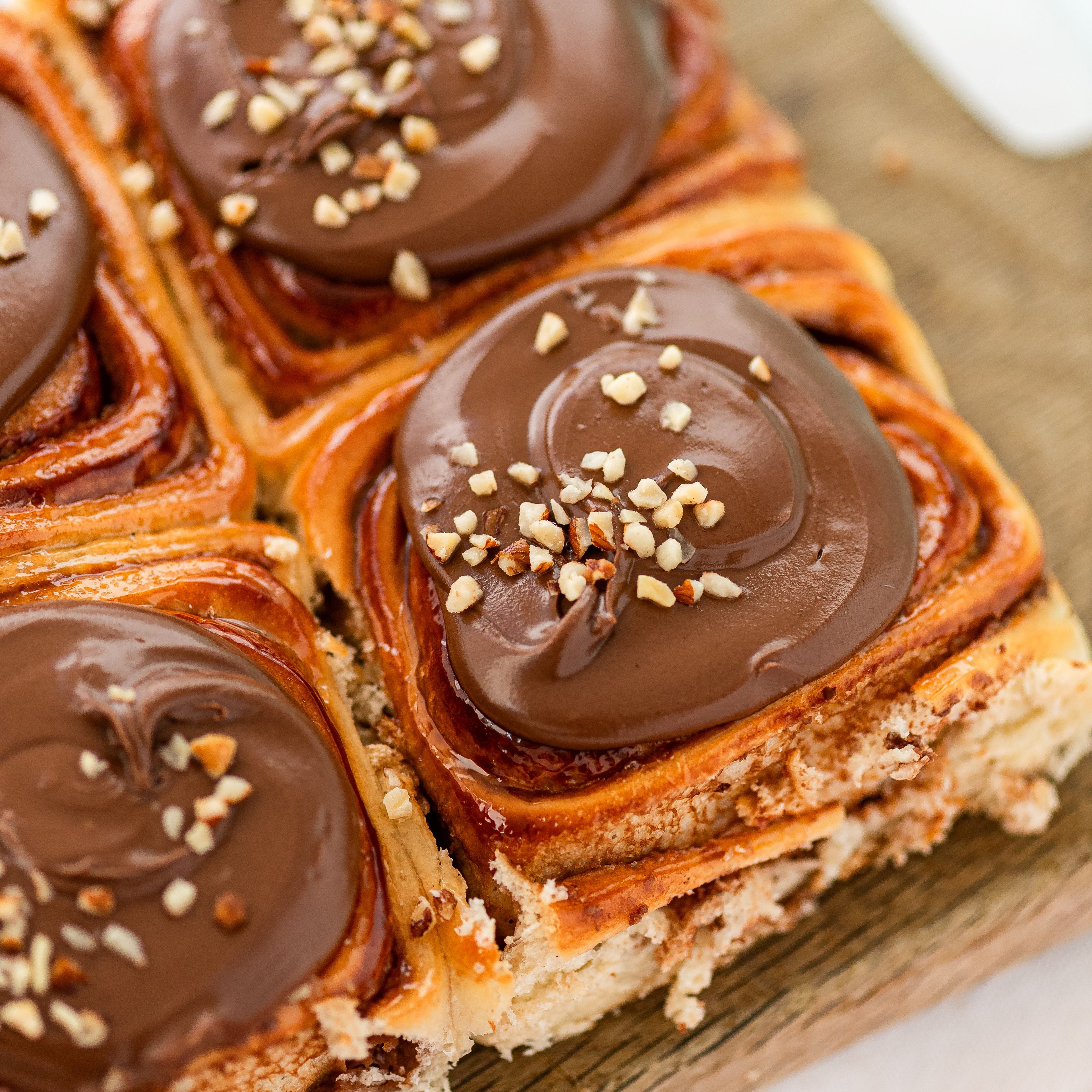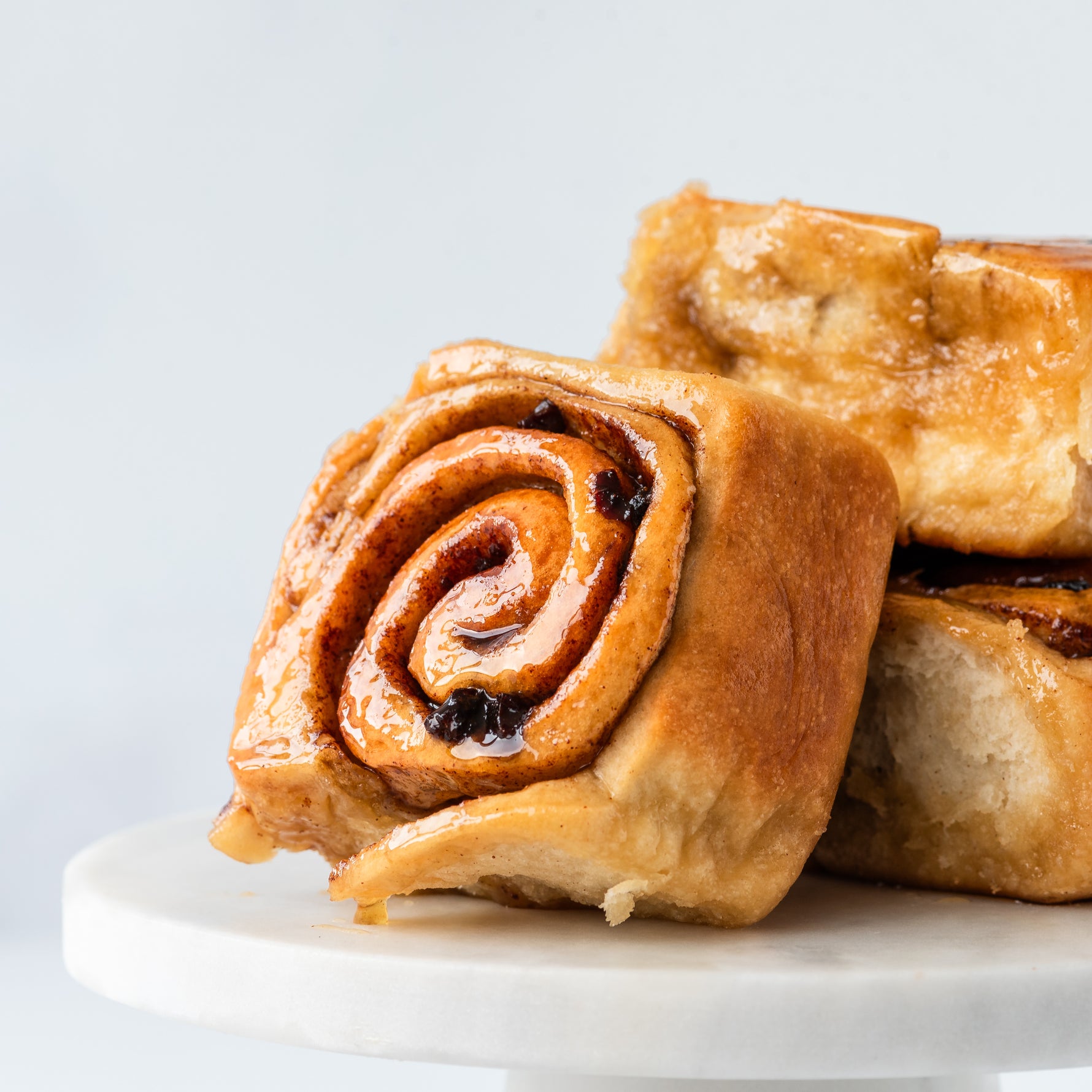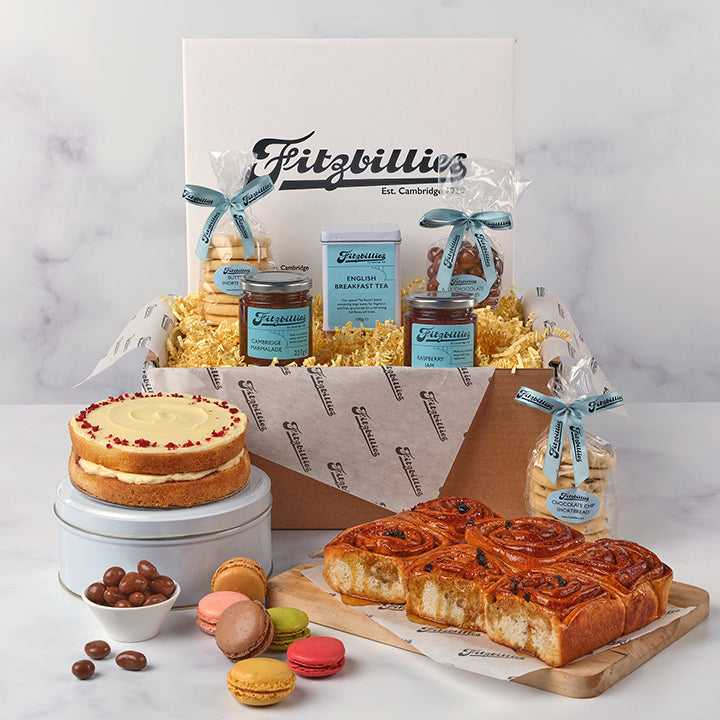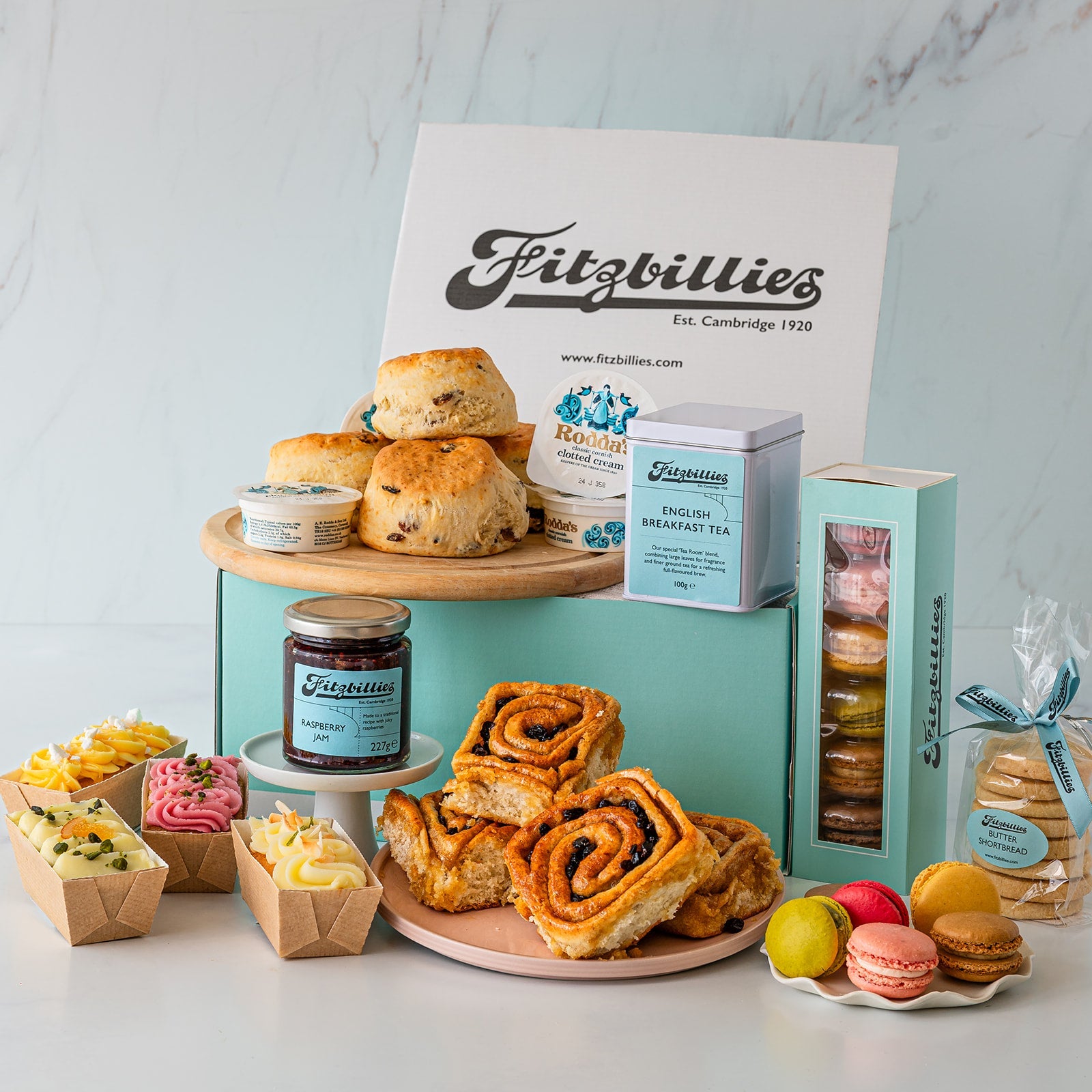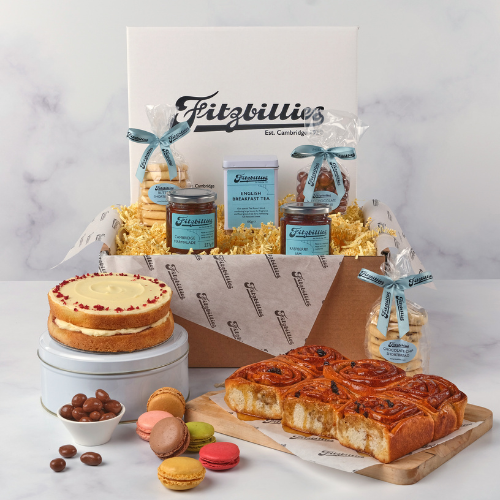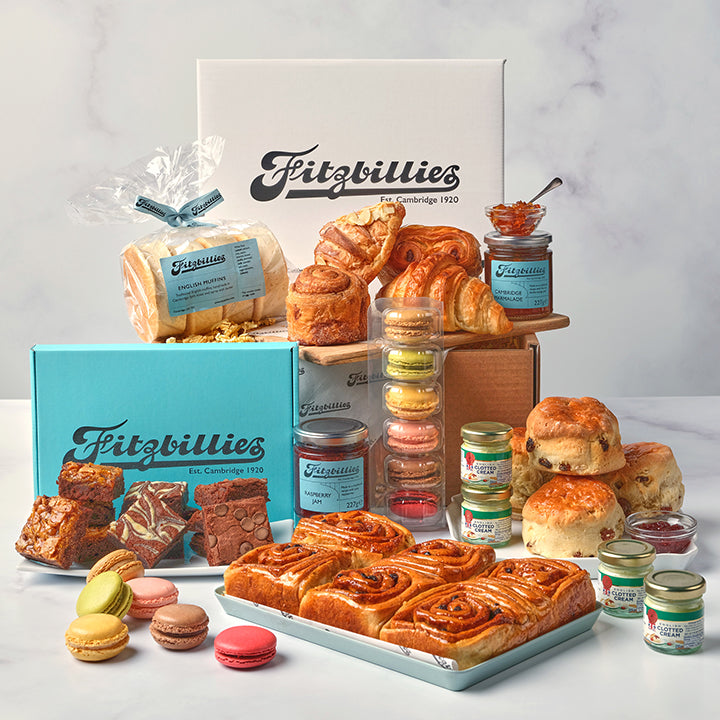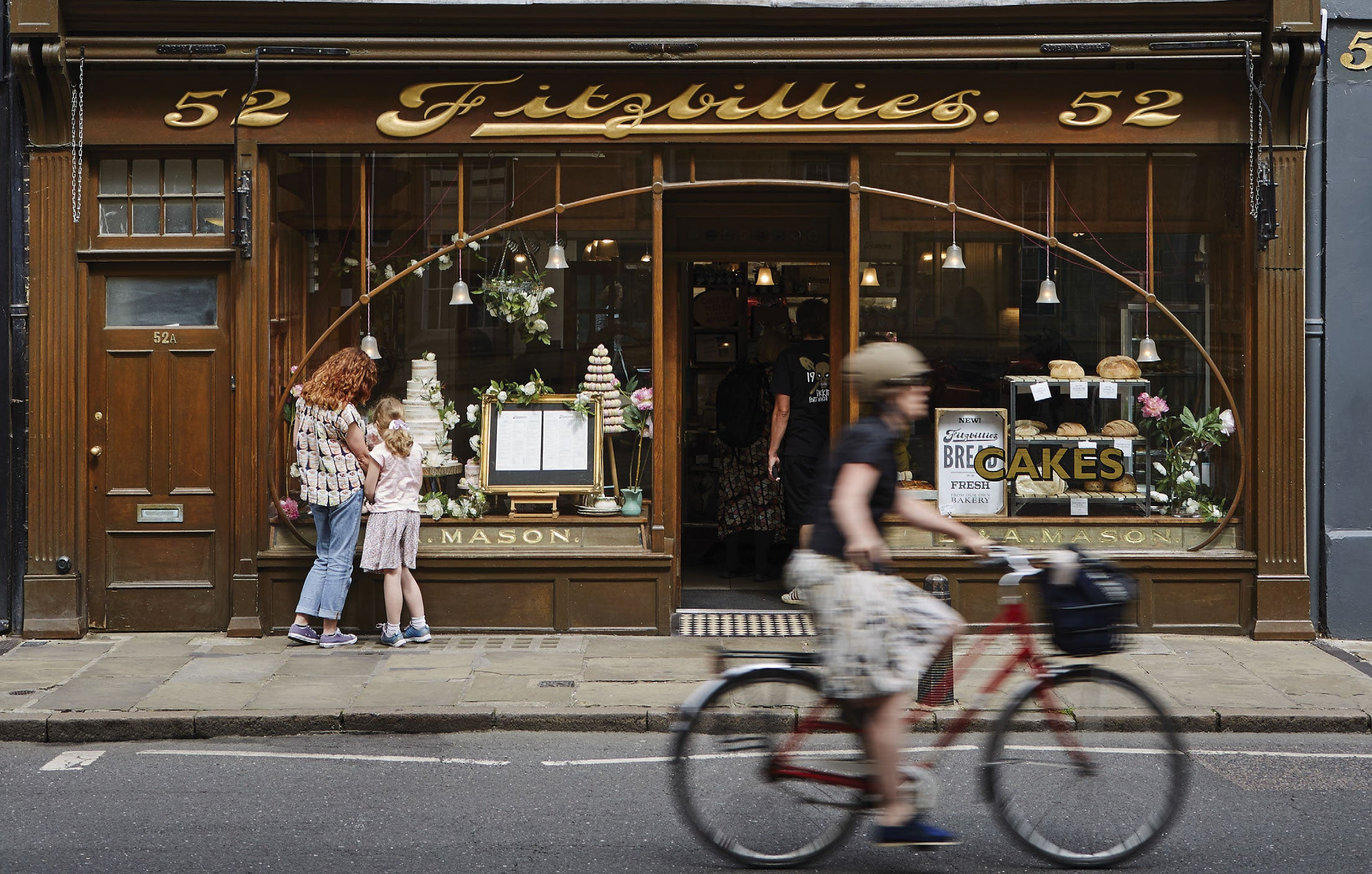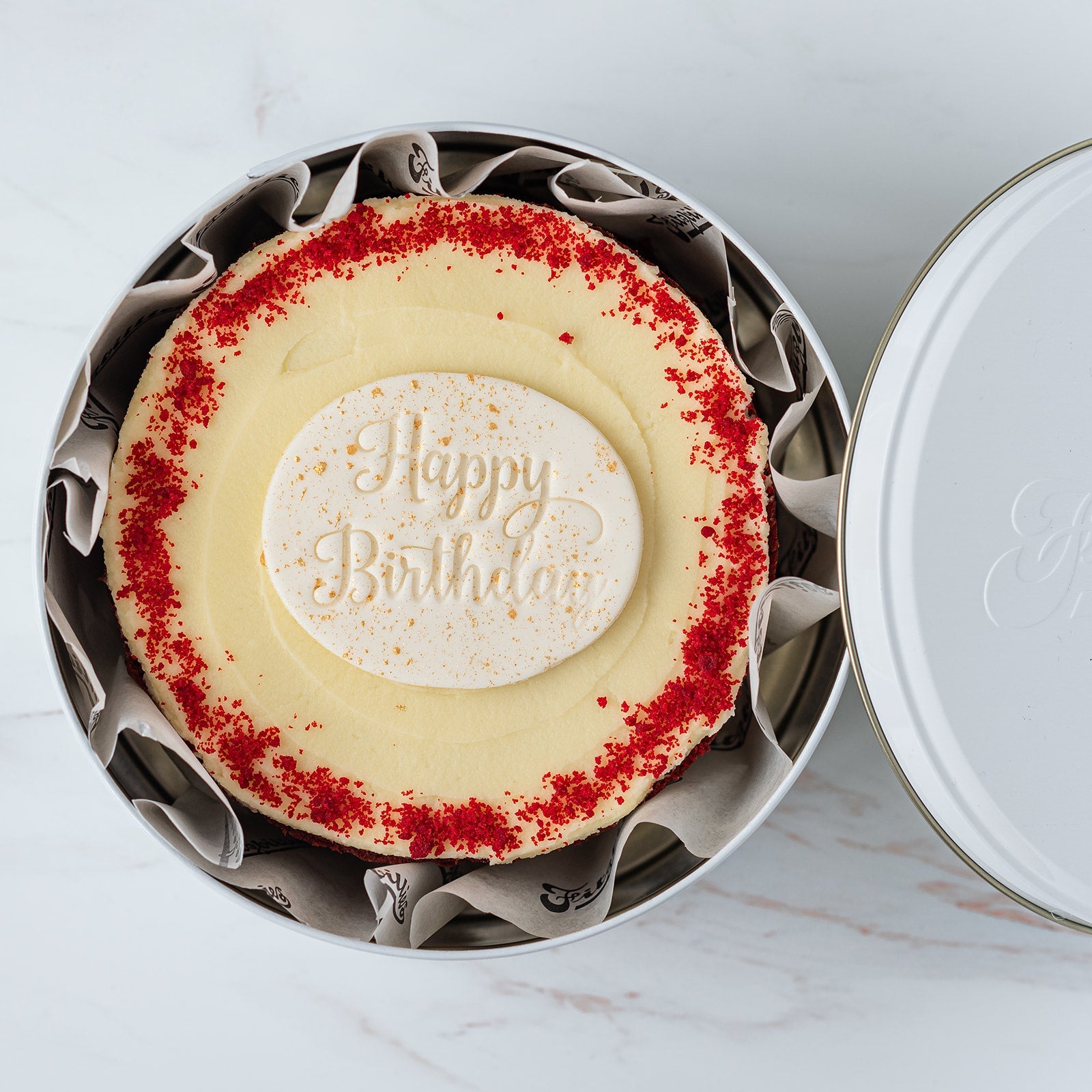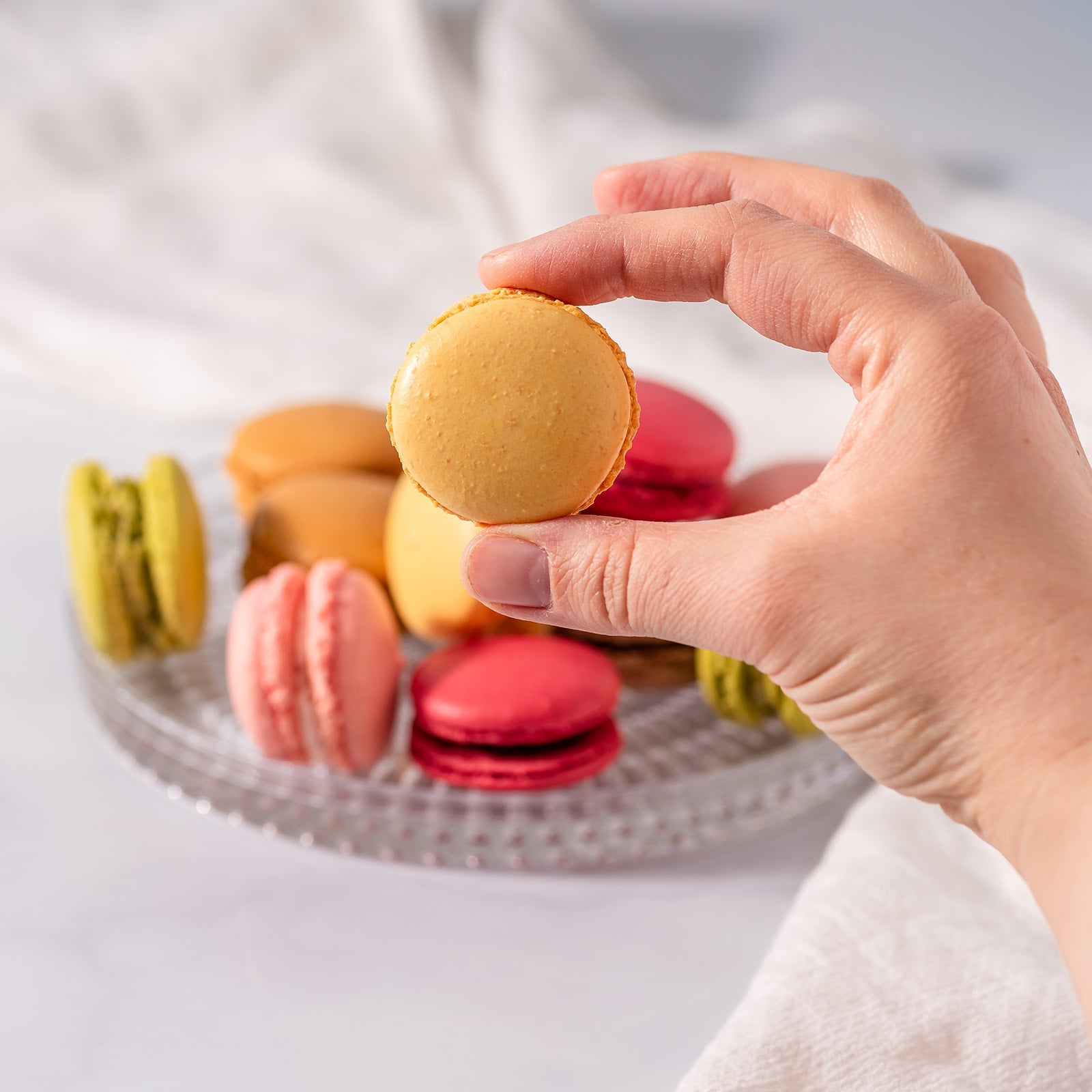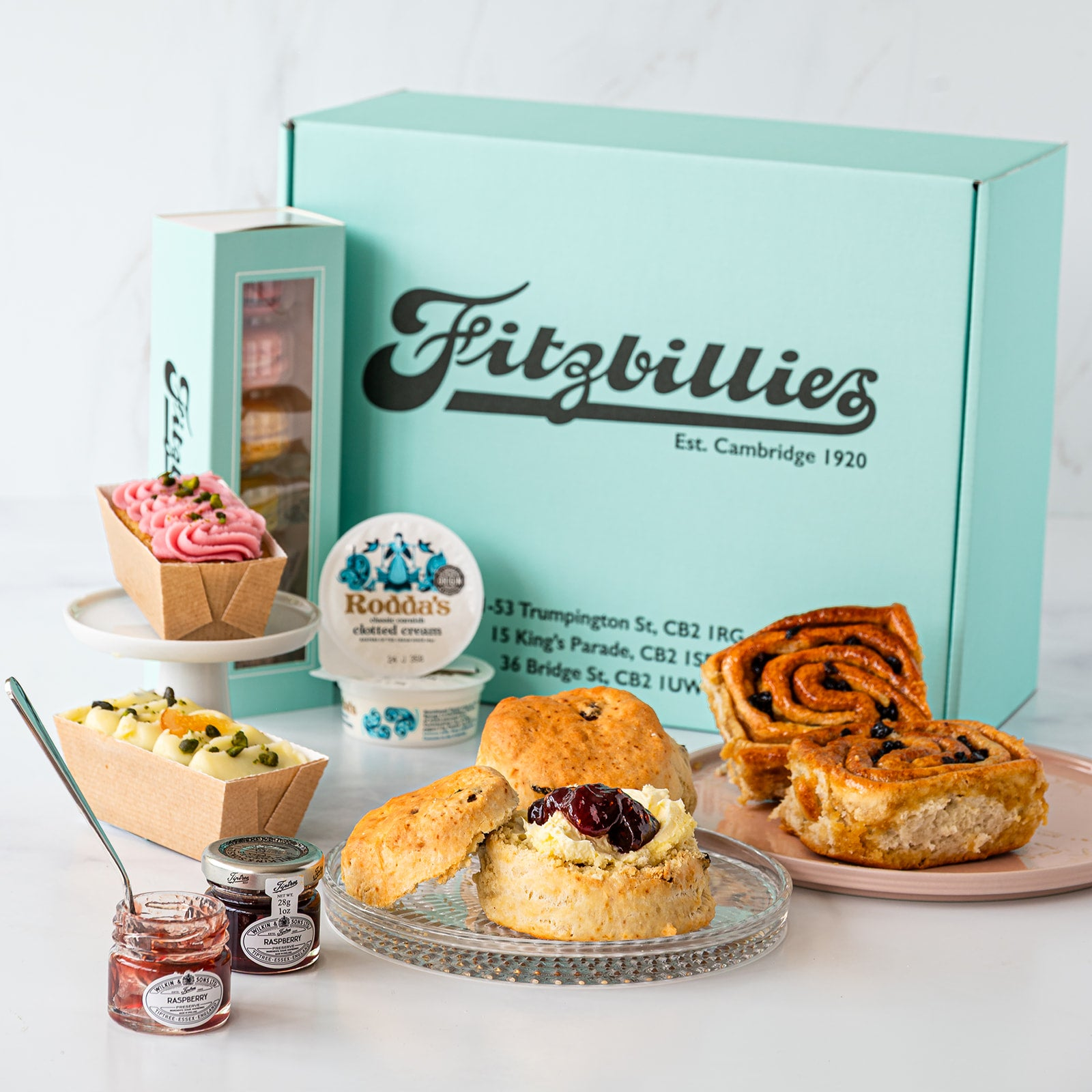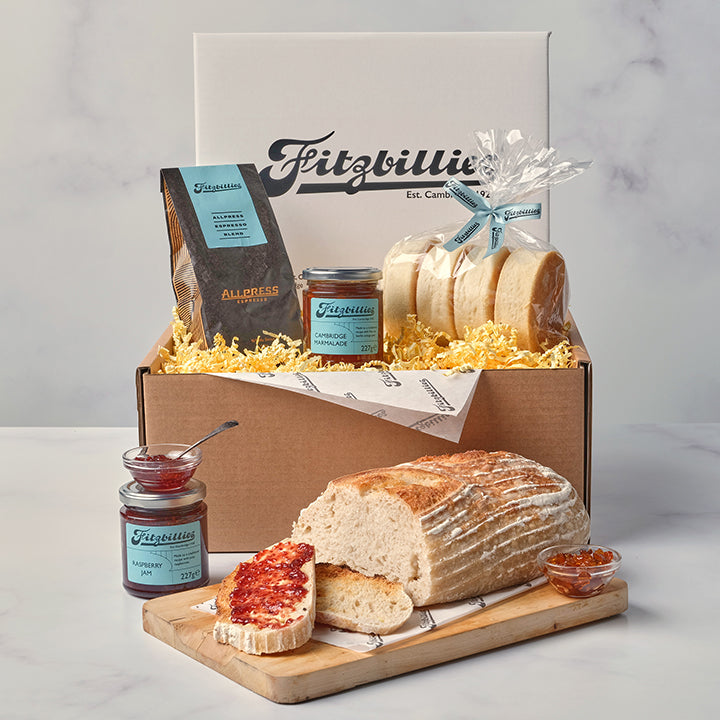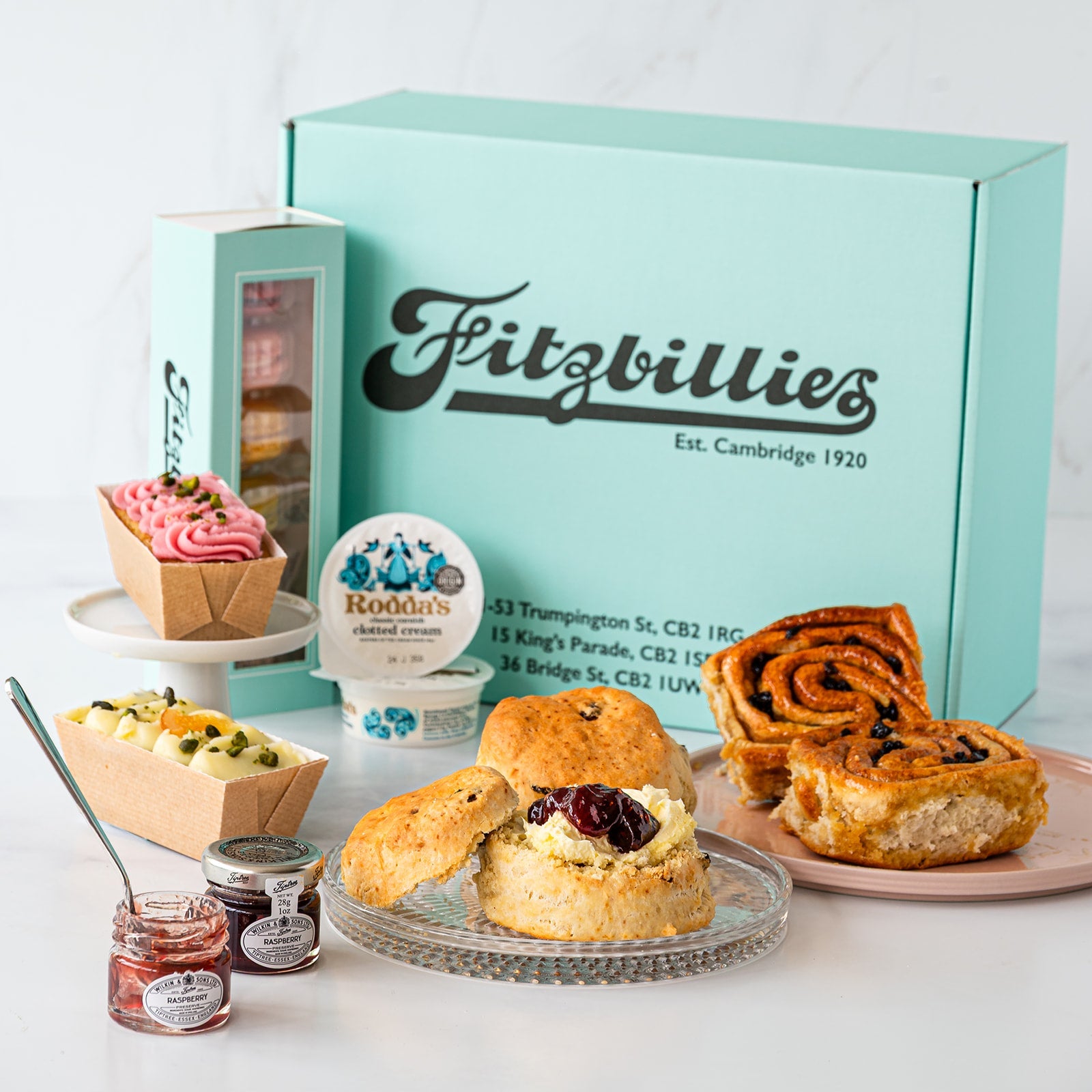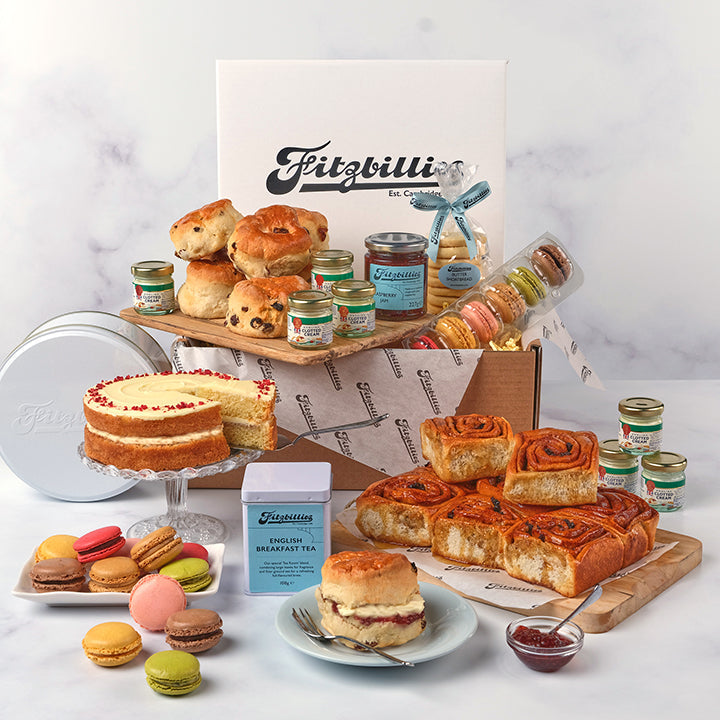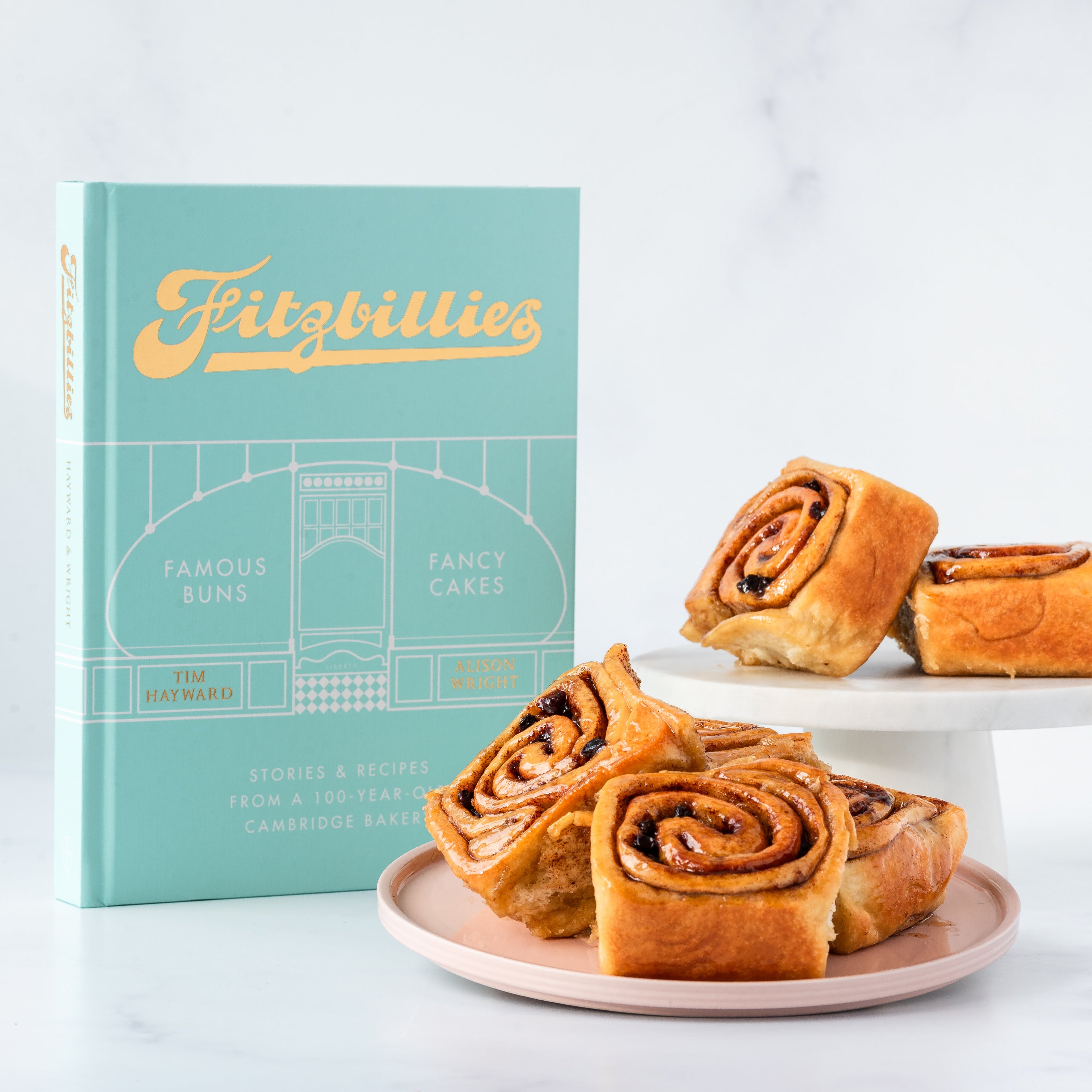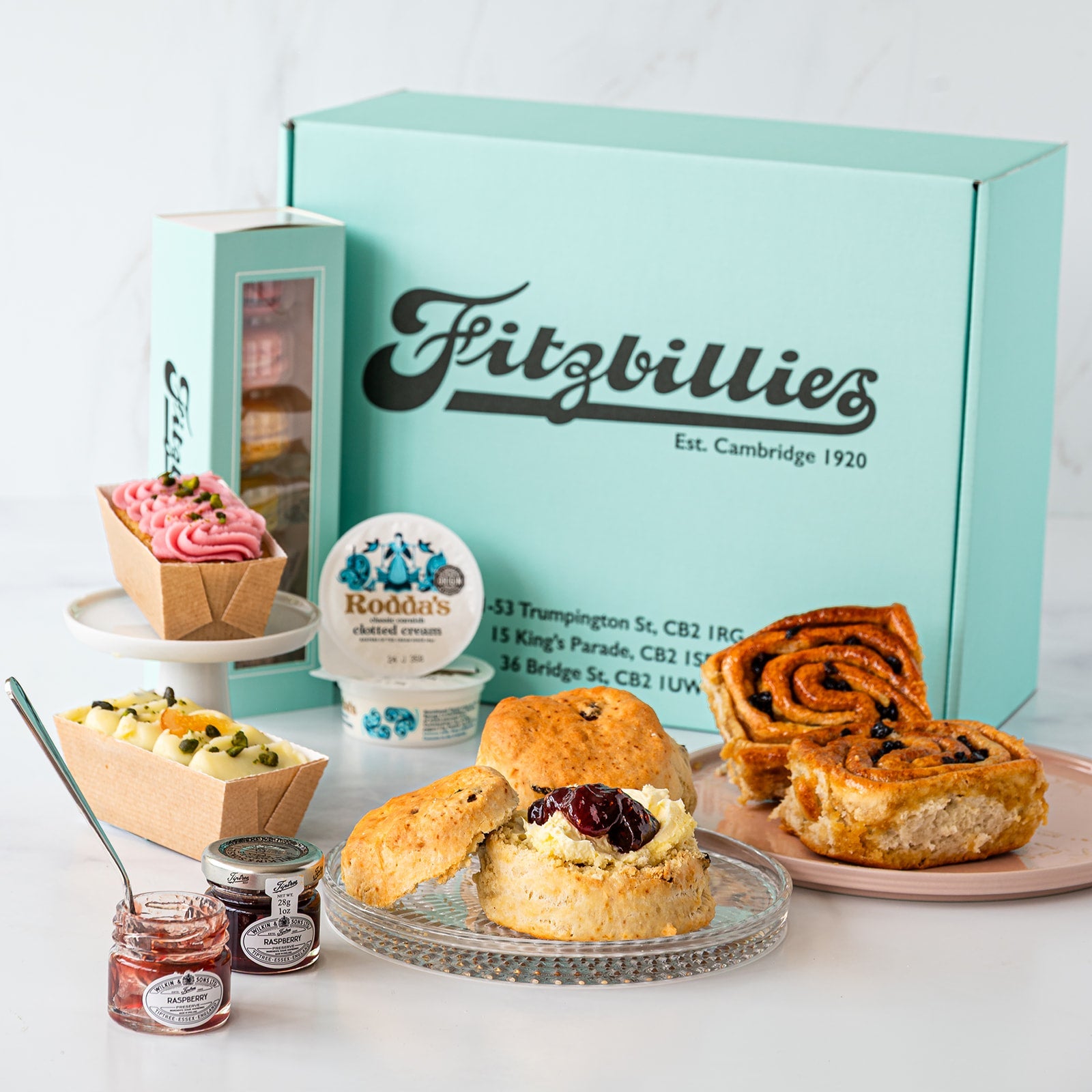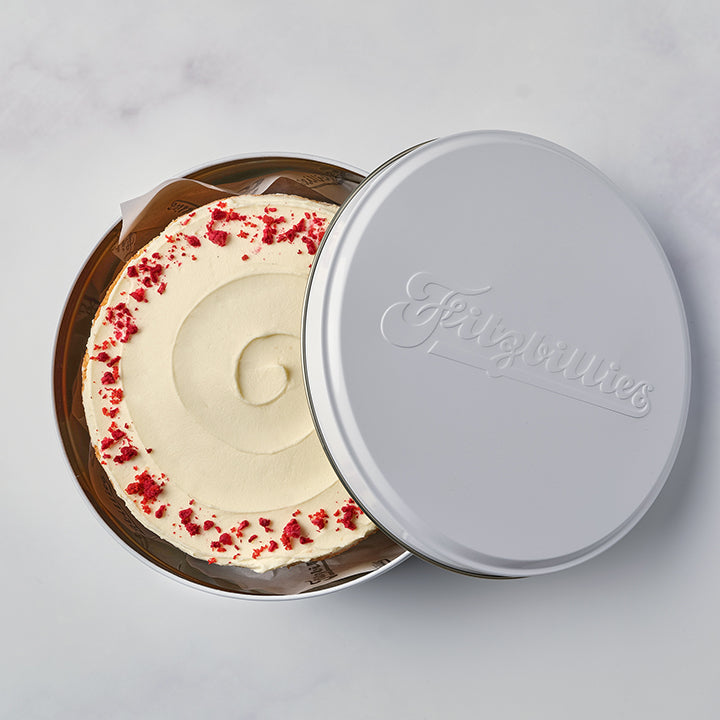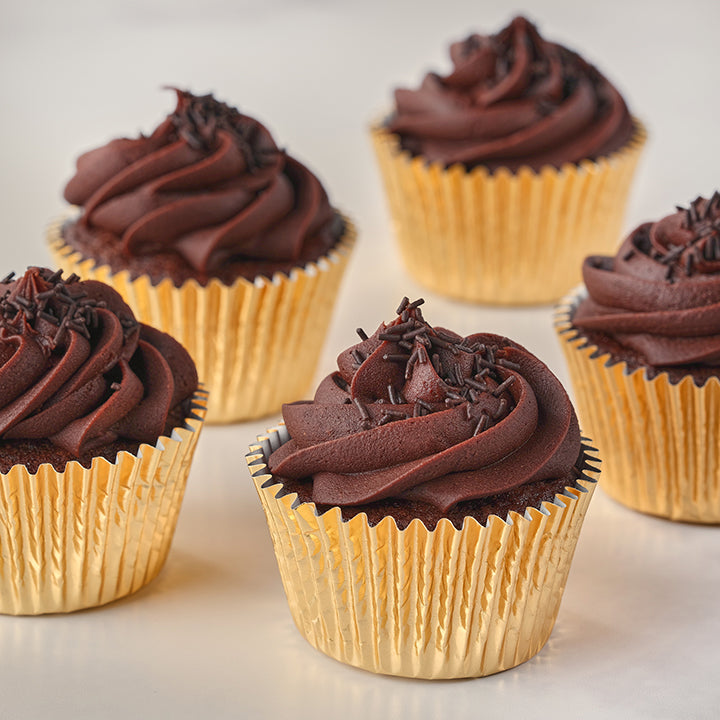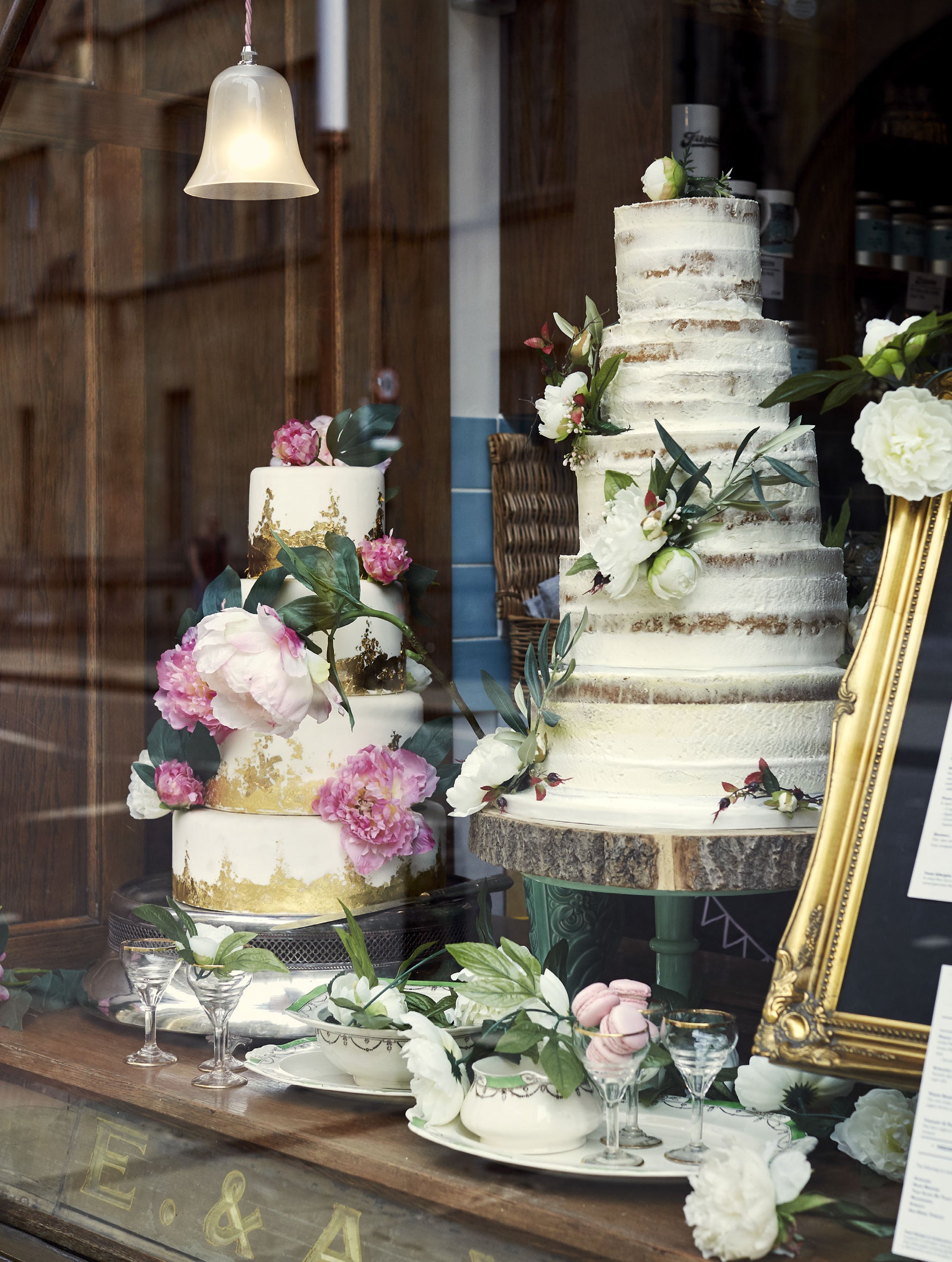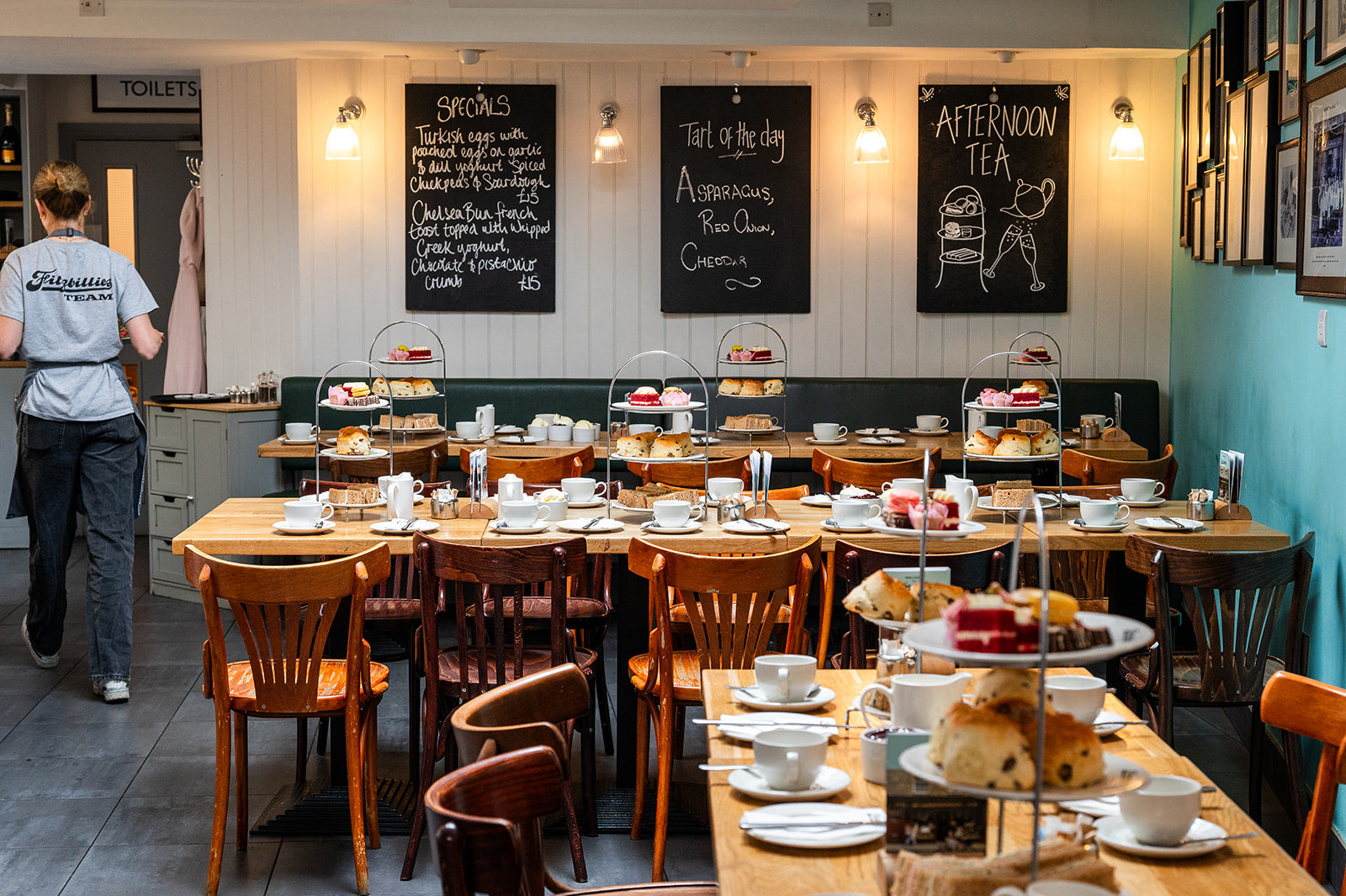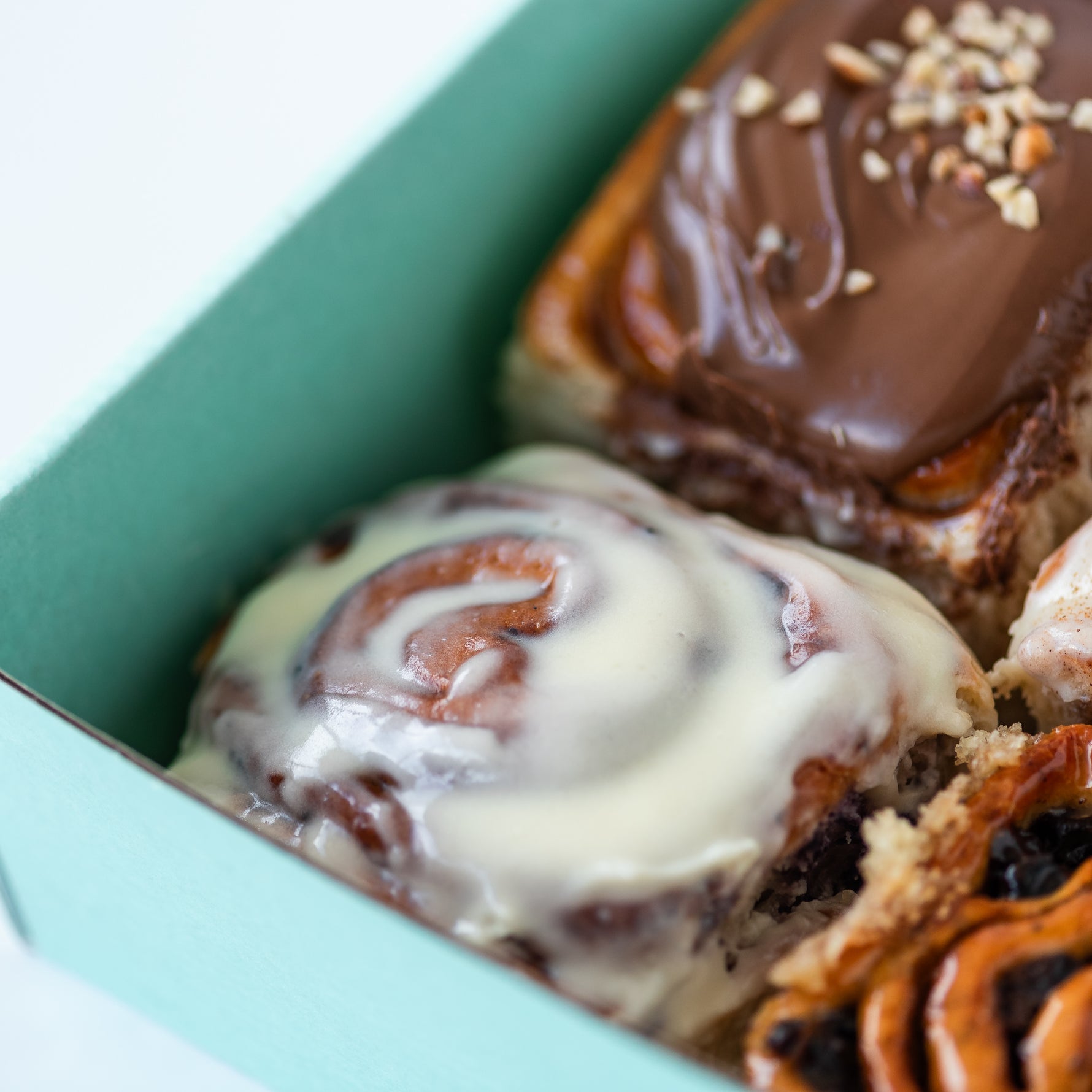The perfect shortbread
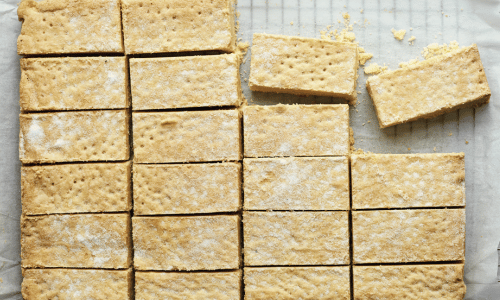
Shortbread is perhaps the simplest of all baking. So it has to be perfect. And given the first note of shortbread in history comes from the 12th Century, it has taken a while to perfect.
The story of shortbread begins with the medieval “biscuit bread”. Any leftover dough from bread making was dried out in a low oven until it hardened into a type of rusk: the word “biscuit” comes from Italy, meaning “twice cooked”. Gradually the yeast in the bread was replaced by butter, and biscuit bread developed into shortbread.
By the time Mary, Queen of Scots came into power in the 16th century, the shortbread had developed to resemble something closer to what we see today; a sweeter, more crumbly and ‘short’ biscuit. That ‘shortness’ in the name comes from the large amount of fat in the dough, which makes the dough more difficult to work with.
Shortbread was a labour-intensive bake, an expensive luxury and for ordinary people, shortbread was a rare and special treat reserved just for special occasions. In Shetland it was traditional to break a decorated shortbread cake over the head of a new bride on the threshold of her new home.
With a good recipe, you can make shortbread rounds or petticoat tails. Adding caraway seeds, chocolate chips or different flavours such as lemon and orange are all variations on the traditional recipe we use. But at Fitzbillies, we keep it nice and simple. Except for at Christmas, when we like to add crunchy walnuts to the mix.
Makes 24 fingers or rounds
- 185g unsalted butter, softened
- 100g caster sugar, plus extra for sprinkling
- Generous pinch of salt
- 270g plain flour, plus extra for dusting if you are making biscuit shapes
- 25g ground rice
- Demerara sugar, if you are rolling round biscuits
- For walnut shortbread
- 100g walnuts, chopped
-
Preheat the oven to 180oC (160oC fan). If making shortbread fingers, grease and line a 30cm x 20cm traybake tin. Alternatively, if you are making round shortbread biscuits or other shapes, line baking sheets with baking parchment.
-
Cream the butter, sugar and salt in a large bowl until well mixed (but not to the pale and fluffy stage).
-
Add the flour and ground rice and mix until just combined. Add the chopped walnuts at this stage if you are making walnut shortbread.
-
If making shortbread fingers, press the mixture firmly into the baking tin with the palm of your hand and prick it all over with a fork.
-
If making round shortbread biscuits, roll the dough into a fat sausage, the roll the sausage in demerara sugar, wrap it in cling film and chill in the fridge for 1 hour. When you take it out of the fridge, remove the cling film and use a sharp knife to cut 1cm-thick rounds of shortbread. Place these, spaced apart, on lined baking sheets.
-
If making shortbread shapes, like the shortbread hearts we have in the shop, roll the dough out on a lightly floured surface to 6mm thick and cut out shapes using your desired cutter. Repeat with any leftover dough. Place these, spaced apart, on lined baking sheets.
-
Bake the shortbread until golden for about 25 minutes for shortbread fingers, 12 minutes for round biscuits and 8-10 minutes for shortbread hearts or other shapes.
-
When baked, remove from the oven, transfer to a cooling rack and sprinkle with caster sugar. If making shortbread fingers, slice in the tin before transferring to the cooling rack.
Share
I can’t wait to visit you all in Cambridge the next time I’m visiting the city and hospital appointment

